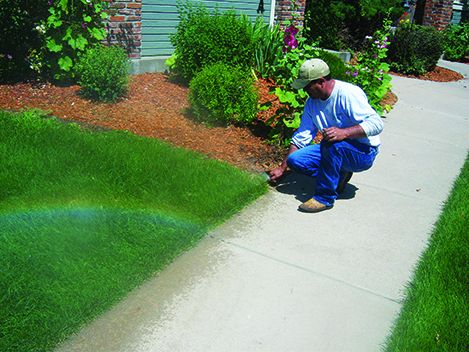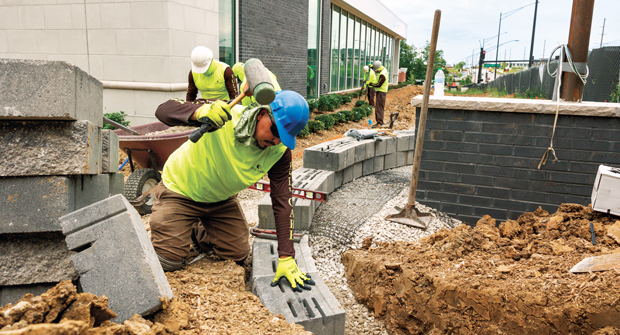No. 149
Emerald Isle Landscaping
Denver

On track to hit near $10 million in 2014, Emerald Isle Landscaping credits its success to the systems and processes it added about five years ago—it added an executive team this year to help standardize and streamline those. The 37-year-old company, which employs around 105, has seen significant growth in the past five years, says President Rory Lamberton. It doubled its annual revenue and expanded into five branches in that time. The expansion also landed it on the 2013 Inc. 5000 list of the fastest growing private companies in America.
The biggest challenge of having five branches is delivering the same level of service across the board, making things universal from crew to crew and branch to branch.
We’ve developed some training implementation and standardization systems to make that possible. It’s everything from how the trucks are set up, how the equipment’s tied down, how the office is left and the first and last thing done on-site. All of that’s a part of a system. Any crew member can move from one branch to another and know how we work in any situation. This gives me the energy to focus on growth and improvement, and it makes it a lot more fun.
As we expanded, we left it up to operations to do whatever they felt like doing as long as it got done. You could see different cultures developing between the branches. We weren’t delivering the same efficiency and communication for our customers.
It began as an off-season training, reading things like The E-Myth and getting our senior management to understand the value of standardization. From there, it’s an ongoing battle. We make repairs to the systems and processes in fall/winter, do all the training and implementation in the spring and monitor it to make sure it’s what we planned. We’ve spent a lot of money and time seeing what works and what doesn’t, capitalizing on the lessons we learn along the way.
We’ve enjoyed some pretty decent growth over the past three years. The retention among our customers, more commercial maintenance, new client lists and stuff like that, that’s the easiest way to see things are working.
A lot of our process is drawn from my team of mentors. I’m a member of Vistage, a CEO peer group of similar size companies, not other landscape companies. We meet month to month and work on each other’s businesses. It’s like a board to hold you accountable. There’s sharing of ideas, such as: ‘How do you track this? How do you make sure everyone does that? How do you manage multiple locations?’ I take from different areas and see what’s going to work for our company culture.
Spending time to work on the business like that really does work. Dedicate your time, trust your qualified staff to do their jobs and let them run the business as you work on the strategy. This is why some companies have a problem growing past that entrepreneurial million-dollar range where the founder is involved in everything, saying: ‘I can’t trust this person to do it my way. They won’t do it right.’ Until you build and manage those systems, the people you hire are never going to do it your way.”


